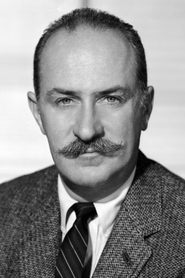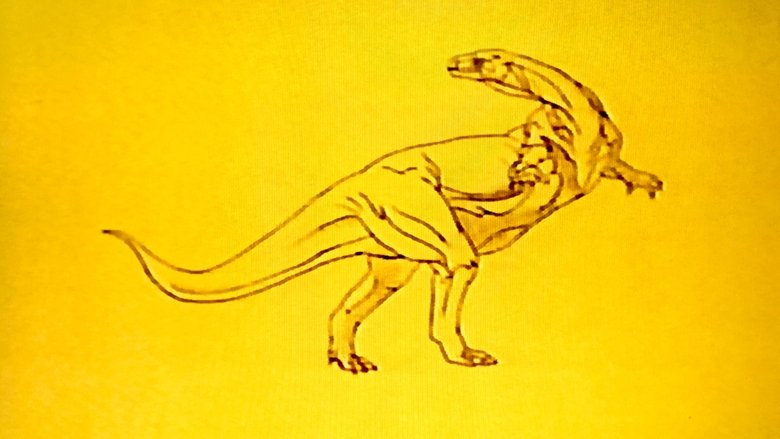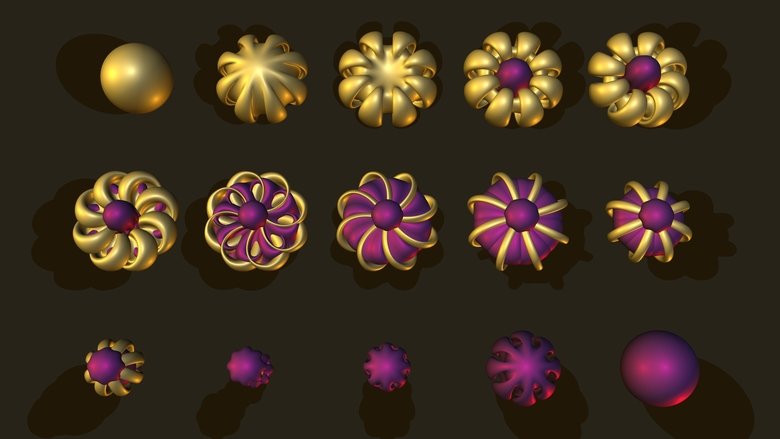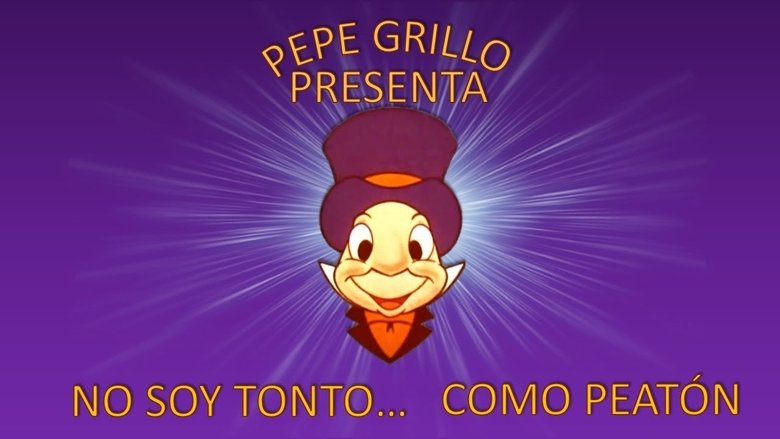VD Attack Plan (1973)
Short animation dealing with the doubts young people have about venereal diseases.
Short animation dealing with the doubts young people have about venereal diseases.
 Keenan WynnContagion Corps Sergeant (Narrator)
Keenan WynnContagion Corps Sergeant (Narrator)Symmetry is one of five shorts featured in the film "Mathematical Peep Shows." The collection was made by Charles and Ray Eames for the IBM Mathematica Exhibit which opened in 1961. The degree to which an object is symmetrical is illustrated by the number of different positions in which it can fit into a box of its shape.
A young woman leaves the comfort of her small rural community to pursue opportunities in a big Canadian city. She encounters obstacles that almost force her to return home, but she eventually picks up the skills to adjust to the city.
Spider-Man provides a children's safety guide about walking home from school and being home alone.
Spider-man teaches how to say no to drugs and why, including negative effects they have on the body.

Join two youngsters and their teacher as they discover clues to Dinosaurs: Puzzles from the Past. Putting dinosaurs in perspective is their first task. They follow a time line back from the Age of Man to the era of dinosaurs. Animation introduces a variety of dinosaurs and their environment. Students see fossilized dinosaur bones uncovered by excavators at Dinosaur Provincial Park in Alberta, Canada. They also visit a paleontologist in his lab and see a comparison of bones from two different dinosaurs. At a museum in Ottawa the two youngsters see a full-scale reconstructed tyrannosaur skeleton and identify it as a meat-eater by its feet and teeth.

The computer animation Outside In explains the amazing discovery, made by Steve Smale in 1957, that a sphere can be turned inside out by means of smooth motions and self-intersections. Through a combination of dialogue and exposition accessible to anyone who has some interest in mathematics, Outside In builds up to the grand finale: Bill Thurston's "corrugations" method of turning the sphere inside out.
One of the educational short films in the "What Should I Do?"-series made by Walt Disney Productions.
A group of '90s-looking anthropomorphic dinosaur kids must come up with a way to get rid of their trash without just throwing it away or their favorite playfield will be turned into a landfill. One of them, Recycle Rex, has an idea.
Animated film that promotes the importance of pure water. The film illustrates correct measures in keeping spring and well water from being contaminated.
There is a focus on the need for physical, mental and social health to be fully developed in order for humans to function properly within society. The film is aimed at an adolescent audience who are independently confronting developments in these aspects of their well-being for the first time.
Exercise, rest and proper diet are essential for physical fitness. Diagrams show the structure and function of muscles and the importance of exercise to tone muscles, nerves and organs. With rest, muscles are cleansed of wastes and refueled. Food, our only energy source, provides fuel for the body mechanism. If the physical side of the Health Triangle is weak, the other two sides can be adversely affected.
Harold and his Amazing Green Plants, an Epcot Educational Media short starring Kitchen Kabaret’s Colander Combo.
Jiminy Cricket narrates the history and practice of bicycle safety.
An educational short film made by Disney.

Jiminy Cricket narrates the history and practice of pedestrian traffic safety.
Jiminy Cricket explains how the ear works, both for hearing and balance.
Jiminy Cricket teaches children about the eyes.
Jiminy Cricket teaches water safety.
Jiminy Cricket explains the interconnected senses of smell and taste.
Jiminy Cricket explains the sense of touch, its four components (heat, cold, pain, pressure), and its unique dispersed nature.